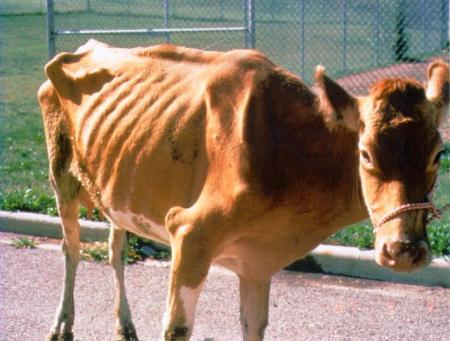Johne’s Disease – Control Options Post Turnout
10 May 2021Johne’s disease causes significant financial loss within beef herds reducing fertility and productivity. It is also a significant welfare concern because clinically affected animals have severe diarrhoea and suffer from weight loss. Early detection and removal of infected stock from the herd is a crucial part of controlling the disease.
Annual herd testing for Johne’s is common practice during the winter housing period when animals can easily be tested. However it’s crucial that cows testing positive (if any) are managed correctly thereafter to curb the disease spread. With turnout hopefully not too far off it’s important to think about control options while cattle are out at grass.
- Separate fields for infected animals. Animals testing positive should be isolated from the main herd and not allowed to graze with uninfected animals intended for breeding.
- No breeding animal or animal intended for breeding can graze pasture used by infected animals for 12 months following the removal of the test positive animal(s).
- At weaning (when the infected cows are likely to be culled) ensure the calves from these dams are not then mixed with other calves.
- If an animal has tested positive for Johne’s, do not keep it’s calf as a replacement or sell it as a breeding animal.
- It is advisable not to retain or sell as breeding stock the previous calf born to any cows that test positive.
- Muck from sheds where Johne’s infected animals have been housed should not be spread onto fields intended for grazing.
- Water contamination is a potential source of infection. Ensure that those Johne’s positive animals which you have grouped separately from the main herd are not able to contaminate water sources (shared with uninfected stock) with faeces.
- Young stock should not be grazed in recently slurried or mucked fields. These young animals are most at risk of becoming infected.
As well as managing animals already on farm in order to control the disease, remember that Johne’s is often introduced into a herd by purchasing an infected animal. Breeding cattle sales will start to get going soon (many using an online format) so it’s important you are aware of the risk associated with buying in female replacements.
Sarah Balfour, sarah.balfour@sac.co.uk
Sign up to the FAS newsletter
Receive updates on news, events and publications from Scotland’s Farm Advisory Service

